
Hong Kong office rents to rebound amidst IPO market resurgence
Total fundraising this year is projected to nearly double 2024 levels.
In a recent report, Savills said the Hong Kong IPO market has witnessed a robust resurgence in early 2025, driven by high profile listings of Mainland enterprises such as CATL and Mixue Group. These successful offerings have collectively raised over HK$76.4 billion in the first five months alone, with projections suggesting total fundraising could surpass HK$150 billion by year-end—nearly double the amount raised in 2024.
“This revitalization is expected to generate short-term business opportunities for investment banks and professional service firms, potentially easing pressure on downsizing and stabilizing demand for core office space,” the report said.
Here’s more from Savills:
Jane Street's recent announcement to lease 223,000 sq ft (70%) of Phase 1 of Central Site 3 office starting in 2028 for five years, with an option to renew for four more, aligns with our prior research on the ongoing expansion by quant traders and liquidity providers in Central. This trend reflects renewed optimism in their business prospects amid revitalized capital markets in Hong Kong and the Asia Pacific. Additionally, the near doubling of their floor requirements highlights the strong demand for prime spaces among prestigious financial tenants in core Central.
However, the broader commercial property market continues to face challenges. Interest rates rose by over five percentage points between 2022 and 2023, placing significant financial strain on local mid-cap and Mainland developers with substantial exposure to commercial assets. Alongside investment funds and private investors, many are grappling with debt-related pressures. It is estimated that approximately 9.9 million sq ft of Grade A office space owned by distressed landlords is at risk, with some properties likely to be sold at discounted prices or entering receivership.
While financial distress may lead to suboptimal property management, it also presents acquisition opportunities for institutional end users. A notable example is Metropolitan University’s purchase of Cheung Kei Center for HK$2.65 billion, with plans to retain at least half of the space for its own use. Similarly, quasi-government entities such as the Securities and Futures Commission (SFC) and the Hong Kong Exchanges and Clearing Limited (HKEX) have made strategic acquisitions from financially stable landlords. The SFC acquired 12 floors in One Island East for HK$5.4 billion in 2023, while HKEX purchased nine office floors and retail units in One Exchange Square for HK$6.3 billion—both intending full occupancy.
An analysis of major office transactions over the past decade reveals that out of 18.7 million sq ft sold, approximately 4.0 million sq ft was acquired by end users, most of which are unlikely to return to the leasing market. With more distressed assets expected to enter the market, end-user interest in permanent office solutions is likely to grow. If acquisition trends mirror those from 2015 to 2024, an additional annual demand of around 400,000 sq ft could be anticipated.
Historically, Grade A office rents have shown a strong inverse correlation with vacancy rates. At previous market recovery points—1999, 2004, and 2009—rents began to rebound when vacancy rates dropped below 6%. Currently, the vacancy rate stands at approximately 15%, with 6.7 million sq ft of new supply expected between 2025 and 2028. However, supply is projected to decline significantly to just 1.5 million sq ft from 2029 to 2032.
Assuming continued recovery in the financial sector and a broader economic rebound in China, annual office absorption could return to pre-COVID levels of 1.3 million sq ft, supplemented by an additional 400,000 sq ft from end-user acquisitions. This would bring total annual absorption to 1.7 million sq ft. Under this optimistic scenario, vacancy rates may peak at 16% in 2026 before gradually declining to 6% by 2032, potentially triggering a rebound in office rents.
While average rental forecasts offer a broad view, variations in building quality and location can lead to significantly different recovery timelines. In Central, for example, prime buildings have maintained vacancy rates near 6%, with remaining spaces actively pursued by tenants seeking prestigious addresses.
This “flight to quality” is likely to drive early rental growth in top-tier assets, ahead of the broader market. Once these vacancies are absorbed, demand is expected to spill over into adjacent buildings. With all new supply in Central completing by 2026, CBD vacancy could tighten rapidly, accelerating rental recovery—assuming optimistic demand projections hold.


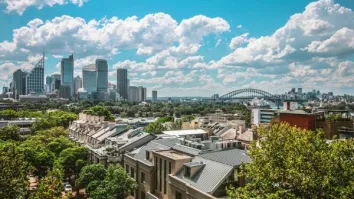


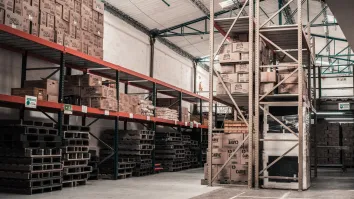







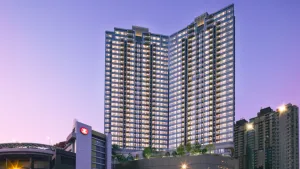
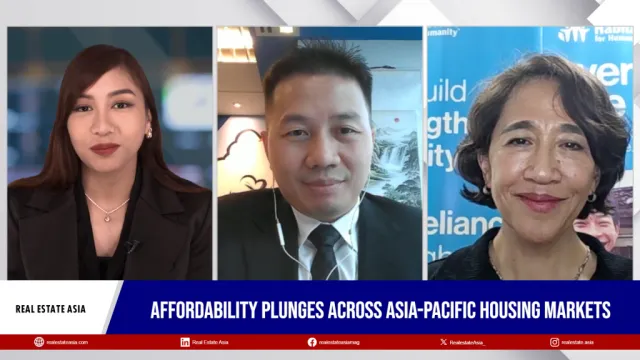

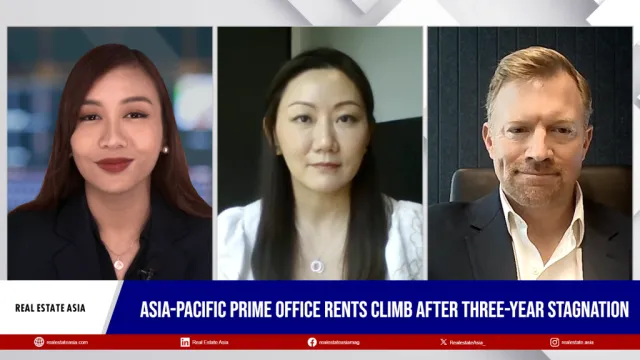
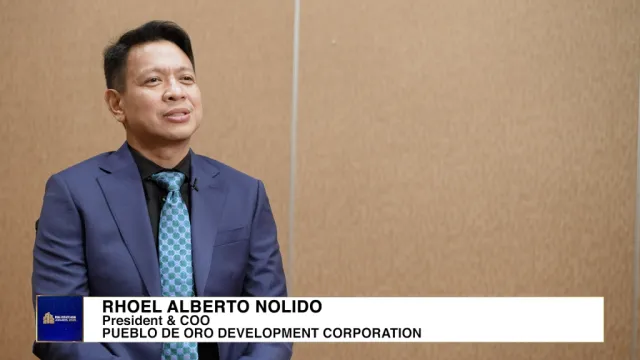
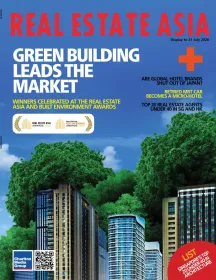
 Advertise
Advertise




